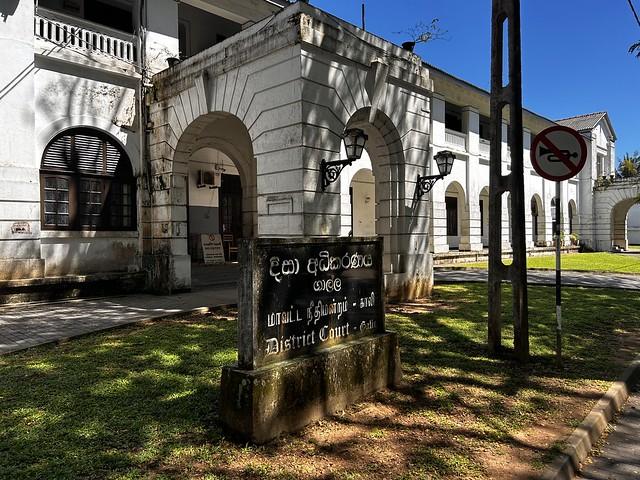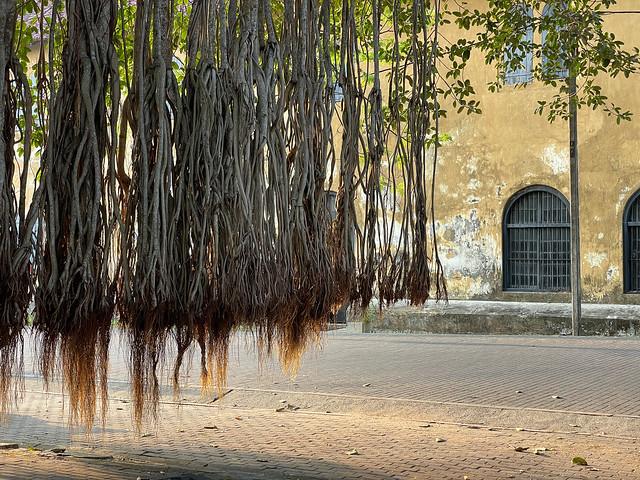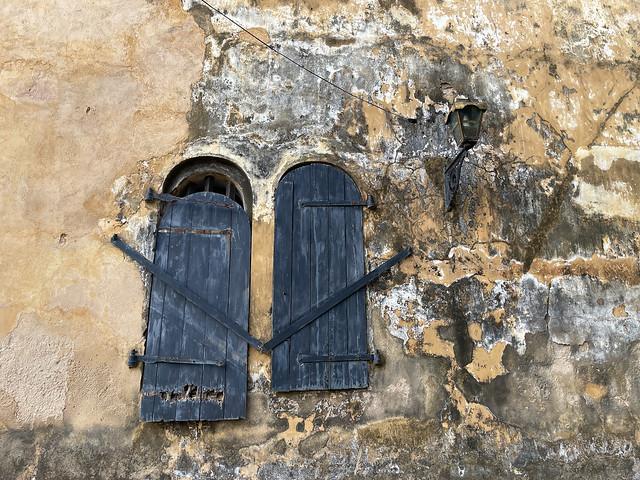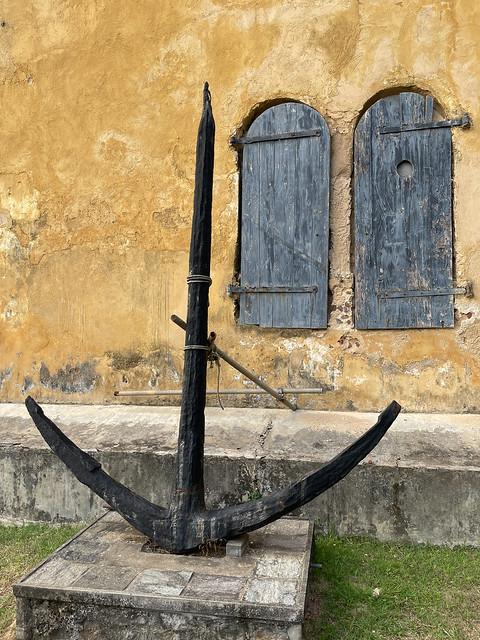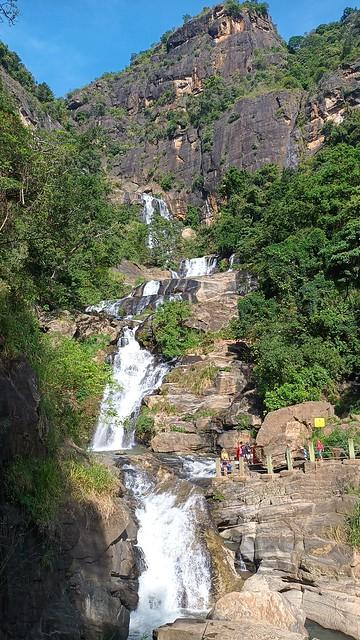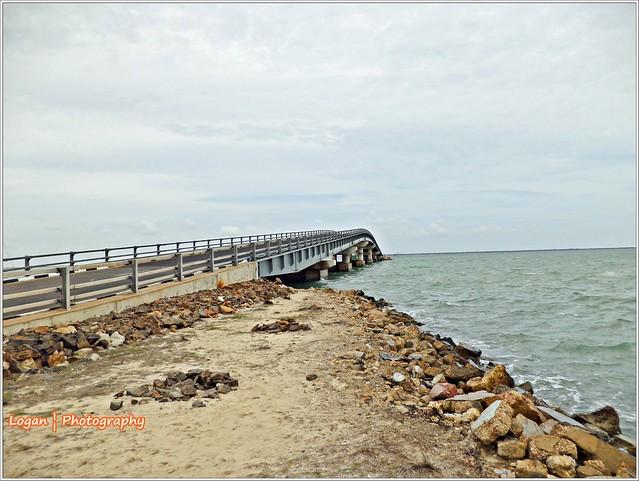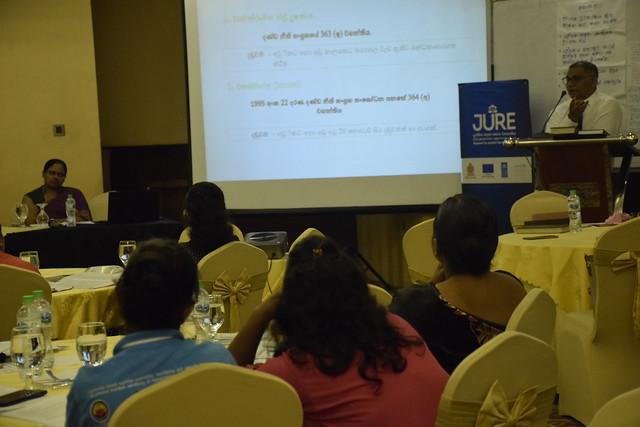Galle District
Overview
Overview of Galle District, Sri Lanka
Galle District, located in the southern tip of Sri Lanka, is a vibrant and historic area known for its rich blend of cultures and scenic beauty. The district is most famous for the Galle Fort, a UNESCO World Heritage site that encapsulates the district's colonial past under Portuguese, Dutch, and British rule. Beyond its historical allure, Galle is celebrated for its diverse arts scene, including traditional dance, music, and an array of local crafts. The region's cuisine reflects its multicultural heritage, offering a tantalizing mix of spicy curries, seafood, and Dutch-influenced sweets. Galle's pristine beaches, lush greenery, and welcoming locals make it a unique destination that offers both adventure and relaxation.
Tourism Season and Activities
The high season for tourism in Galle District runs from December to March, when the weather is most favorable. During this period, the climate is predominantly dry with moderate temperatures, making it ideal for exploring the outdoors. Tourists can enjoy a variety of activities such as surfing on the beaches of Unawatuna, snorkeling around coral reefs, or whale watching off the coast of Mirissa. Cultural festivals and events, including the Galle Literary Festival, add to the district’s lively atmosphere during these months. Adventure-seekers might also explore the inland rainforests or take boat tours in the mangroves of the Madu River, providing a full spectrum of experiences from serene to exhilarating.
Preparation Tips for Travelers
Before traveling to Galle District, there are several preparations to consider for a smooth and enjoyable trip. Firstly, ensure you have valid travel documents; visitors to Sri Lanka typically need a visa, which can often be applied for online ahead of the trip. It's advisable to check for any travel advisories or vaccination requirements specific to Sri Lanka. Packing should include lightweight clothing suitable for warm weather, but also a raincoat or umbrella for unexpected showers. Sunscreen, insect repellent, and comfortable walking shoes are essential for outdoor activities. Lastly, familiarizing yourself with some basic Sinhala phrases can enhance interactions with local residents, as it is widely appreciated and can enrich your travel experience.
How It Becomes to This
History not available

You May Like
Explore other interesting states in Sri Lanka


